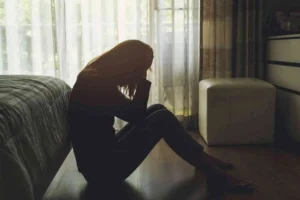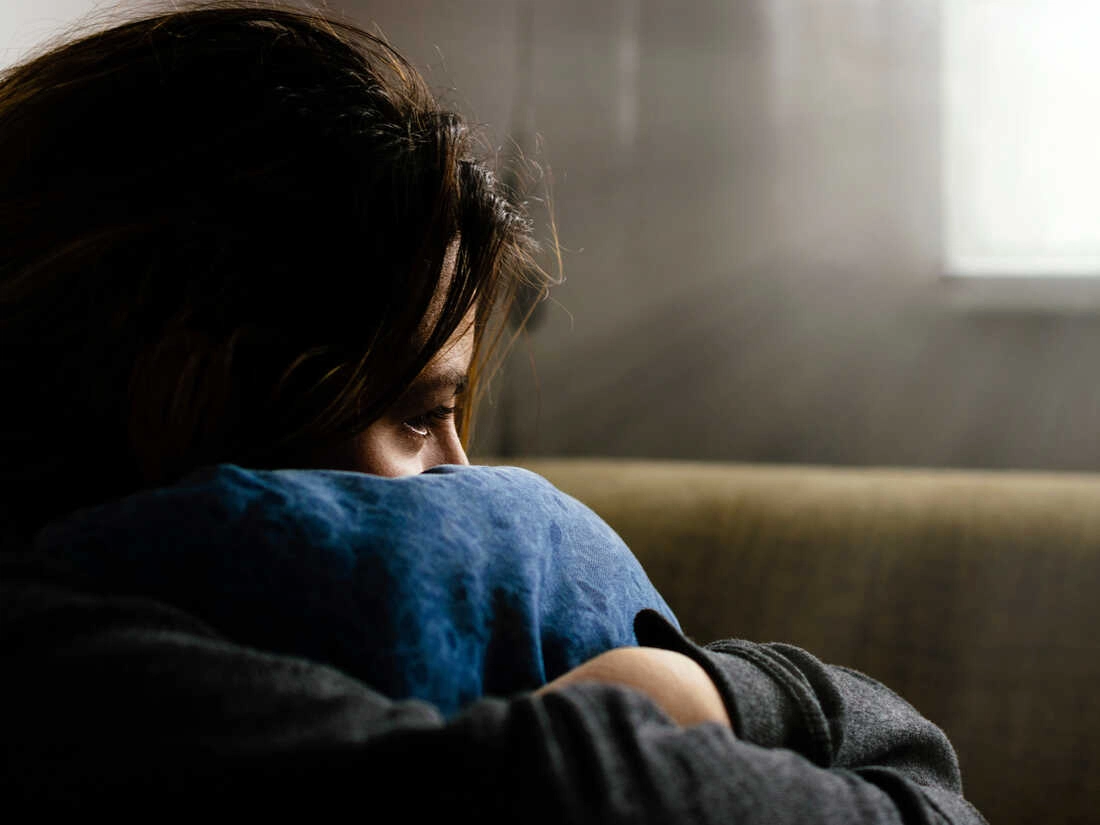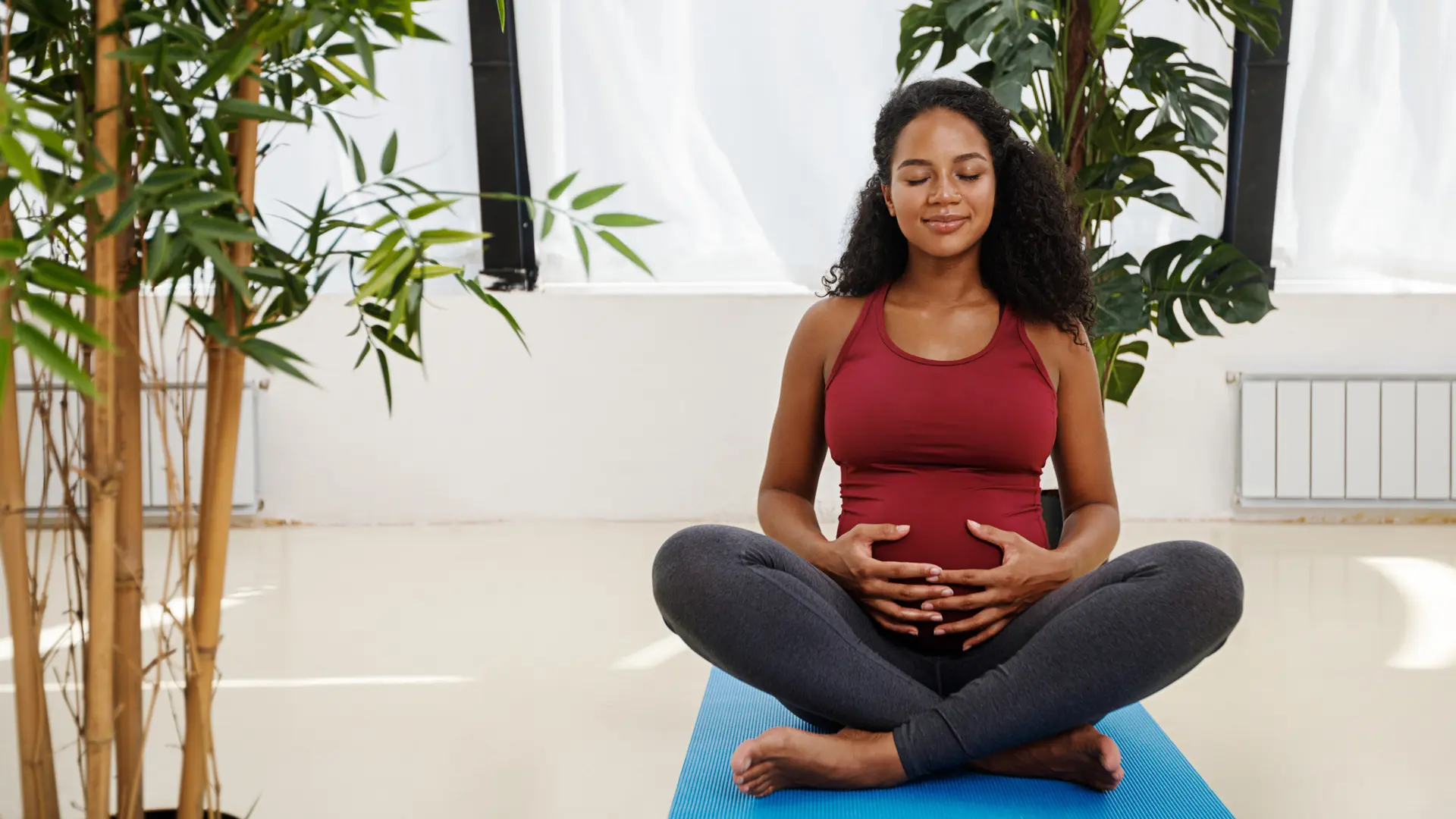Fashion and self-care serve as essential expressions of one’s emotional landscape, particularly for those traversing the complexities of PTSD. Subtle shifts in clothing choices often mirror internal struggles, revealing deeper narratives of trauma. By understanding these connections, individuals can harness the power of personal style and daily rituals to foster healing. As they explore this intersection, the journey toward empowerment and self-discovery unfolds, promising insights that can transform their experience.
Key Takeaways
- Clothing choices reflecting comfort over style can signal emotional struggles associated with PTSD, highlighting the need for empathy in understanding these symptoms.
- A shift away from vibrant colors may indicate withdrawal and emotional distress, revealing the impact of trauma on personal expression.
- Curating a personal style empowers individuals to reclaim agency and narrate their survival stories, fostering resilience in the healing process.
- Daily self-care practices, like mindful breathing and creative outlets, enhance emotional well-being and can mitigate PTSD symptoms effectively.
- Engaging in community through shared fashion interests promotes connection, belonging, and support for those navigating the challenges of PTSD.
The Impact of Fashion on Mental Health and Self-Expression
How can fashion serve as a powerful tool for self-expression and mental well-being? For many, clothing becomes a canvas, allowing individuals to communicate their identity and emotions without words. By choosing colors, textures, and styles that resonate personally, one can cultivate a sense of agency and belonging. Fashion fosters connections, as shared styles can bridge gaps and create communities. When individuals embrace their unique expressions, it can enhance self-esteem and promote mental wellness. This journey into self-discovery through fashion can be particularly beneficial for those grappling with trauma, as it offers a means to reclaim autonomy. Ultimately, understanding PTSD and its symptoms can be supported through the empowering lens of fashion, encouraging healing and connection in a vibrant world.
Recognizing the Symptoms of PTSD in Daily Life
Fashion not only serves as a means of self-expression but can also illuminate the subtle signs of PTSD in daily life. Individuals grappling with PTSD may exhibit changes in their clothing choices, opting for comfort over style or withdrawing from vibrant colors and patterns. These choices can reflect their emotional state, signaling feelings of anxiety or disconnection. Additionally, neglecting personal grooming or self-care routines might indicate an internal struggle, where daily tasks feel overwhelming. Recognizing these symptoms is essential for fostering understanding and empathy within communities. By creating a supportive environment, individuals can feel empowered to share their experiences, ultimately leading to healing and connection. Understanding PTSD and its symptoms becomes a pathway towards compassion and belonging for all.
The Role of Personal Style in Coping With Trauma
Personal style can serve as a powerful tool for individuals traversing the complexities of trauma. By expressing their identity through clothing choices, they can reclaim a sense of control and agency that may have been lost during their experiences. The act of selecting outfits can become a ritual of empowerment, allowing individuals to project strength and resilience to the world. Each garment can embody a story, a reminder of survival, fostering a deeper connection to self. In addition, personal style can create a sense of belonging, inviting connections with others who resonate with similar experiences. Ultimately, embracing one’s unique aesthetic can be a crucial aspect of understanding PTSD and its symptoms, providing comfort and confidence as individuals navigate their healing journey.

Daily Self-Care Practices to Alleviate PTSD Symptoms
While maneuvering through the challenges of PTSD, daily self-care practices can serve as essential anchors, offering individuals moments of respite and healing. Simple routines, such as mindful breathing, journaling, or gentle exercise, empower individuals to reconnect with their bodies and emotions. Establishing a consistent sleep schedule and nourishing the body with balanced meals also play significant roles in alleviating symptoms. Engaging in creative outlets like art or music fosters expression and connection, while time spent in nature can ground and soothe. Furthermore, nurturing relationships with supportive friends or communities can provide a sense of belonging, reminding individuals they are not alone in their journey. Understanding PTSD and its symptoms is a pivotal step towards embracing these self-care practices for healing.
Empowering Individuals Through Fashion and Self-Care Strategies
Empowering individuals to navigate the complexities of PTSD can be greatly enhanced through the thoughtful integration of fashion and self-care strategies. By embracing these elements, individuals can foster a sense of belonging and self-worth. Key strategies include:
- Choosing comforting fabrics that provide a sense of safety
- Curating a personal style that reflects individuality and boosts confidence
- Incorporating mindful routines that promote emotional well-being
- Engaging in community through shared interests in fashion or self-care
Such approaches not only alleviate symptoms but also create pathways for healing. Understanding PTSD and its symptoms can lead to deeper connections with oneself and others, ultimately empowering individuals to reclaim their identities and navigate the world with renewed strength and resilience.
Frequently Asked Questions
Can Fashion Choices Influence PTSD Recovery Positively?
Fashion choices can positively influence PTSD recovery by fostering self-expression and enhancing self-esteem. Thoughtful attire may create a sense of belonging and empowerment, helping individuals navigate their healing journey with confidence and authenticity.
How Does Color Psychology Relate to PTSD Symptoms?
Color psychology greatly influences emotions and mental states, impacting individuals with PTSD. Calming hues may alleviate anxiety, while vibrant tones can evoke empowerment, fostering a supportive environment that encourages healing and self-expression among those affected.
What Types of Fabrics Are Best for Comfort During PTSD Episodes?
Comfort during PTSD episodes often relies on soft, breathable fabrics like cotton and bamboo, which provide a sense of security. Choosing gentle textures can foster a calming environment, empowering individuals to navigate their experiences with greater ease.
Can Wearing Certain Outfits Trigger PTSD Symptoms?
Certain outfits can indeed trigger PTSD symptoms, as clothing may evoke memories or emotions tied to past experiences. Awareness of personal triggers empowers individuals to choose attire that fosters comfort and a sense of safety.
How Can I Incorporate Self-Care Into My Daily Fashion Routine?
Incorporating self-care into daily fashion involves choosing outfits that evoke comfort and confidence. Mindful selections can uplift mood, fostering a sense of belonging while promoting personal expression and well-being, ultimately enhancing one’s daily routine.
Conclusion
In maneuvering through the complexities of PTSD, fashion and self-care emerge as essential tools for healing. By embracing personal style and integrating mindful practices, individuals can reclaim their sense of agency and foster emotional resilience. Recognizing the interplay between clothing choices and mental health allows for a deeper understanding of one’s journey. Ultimately, this holistic approach not only nurtures self-expression but also strengthens community bonds, empowering individuals to transform their experiences into sources of strength and connection.
You May Also Like To Read:






